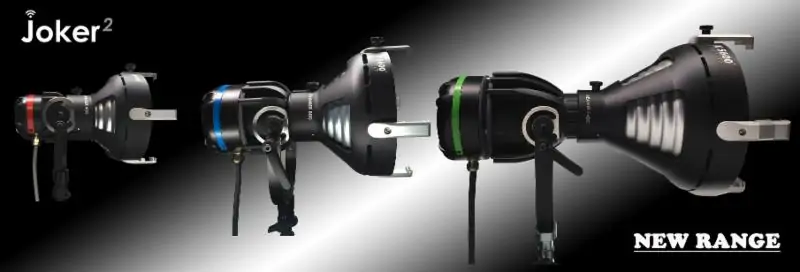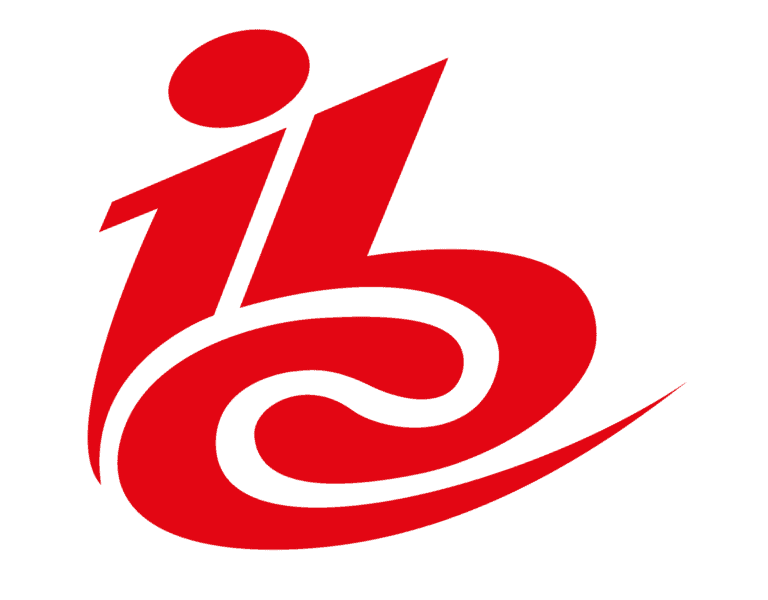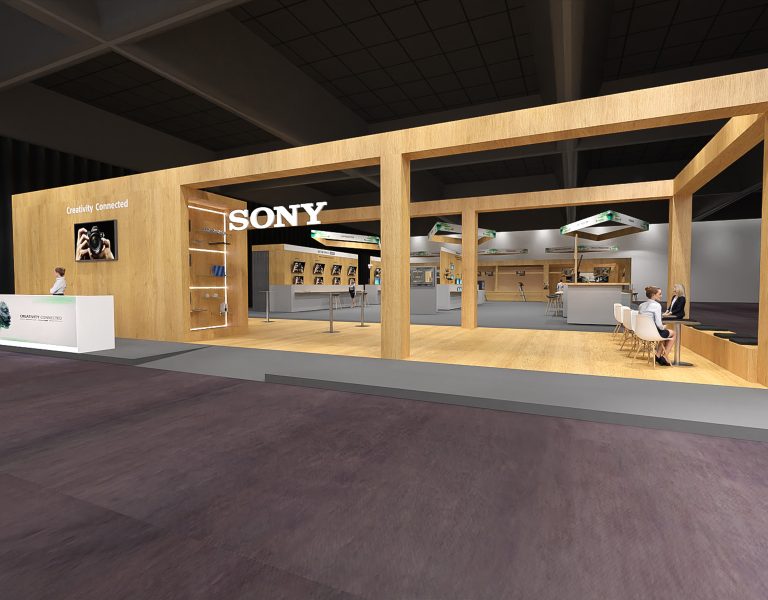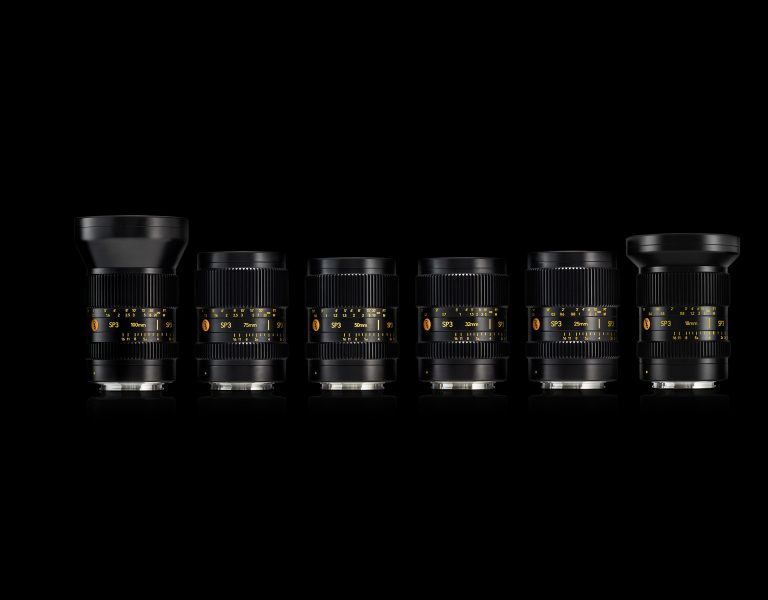Adobe updates announced ahead of IBC
Sep 14, 2023

Adobe has announced new AI and 3D innovations across its family of video and audio applications ahead of IBC. These include new beta releases across Premiere Pro, After Effects and Frame.io.
New in Premiere Pro (beta)
Premiere Pro adds AI-powered features including Enhance Speech for quicker dialogue clean-up, filler word detection and removal in Text-Based Editing, and improved Auto Tone Mapping for more consistent colour output. The timeline is now five times faster.
Enhance Speech
Enhance Speech uses AI to magically remove background noise and improve the quality of poorly recorded dialogue.
In addition, the new Audio Category Tagging uses AI to determine which clips contain dialogue, which contain music, and which are sound effects or ambient noise. When each audio clip is selected, the most relevant tools are automatically displayed.
You can find Enhance Speech and Audio Category Tagging in the Essential Sound panel. Both features process in the background.
Text-Based Editing improvements
Premiere Pro introduced Text-Based Editing earlier this year to help make creating rough cuts as simple as copying and pasting text. Text-Based Editing has been recognised with several industry innovation awards—including the HPA Engineering Excellence Award.
Text-Based Editing now includes filler word detection to automatically identify “ums” and “uhs” in dialogue. You can quickly remove those filler words, pauses or any other unwanted dialogue in one step using bulk delete. These features can be accessed in the Transcript panel in Text-Based Editing workspace.
Performance optimisations
The latest version of Premiere Pro includes five times timeline performance improvements for faster editing. New tools include the Effects Manager and automatic project recovery.
Colour
Automatic Tone Mapping has been improved to include three new tone mapping methods. There are also new consolidated settings in the Lumetri Color panel as well as improved LUT management and relinking. Finally, you can ensure your colours look exactly as you expect in QuickTime Player by adjusting the new Viewer Gamma option.
Top requests from the community
You’ll find new project templates so you can get started faster, custom export locations, a new metadata and timecode burn-in effect, batch selection of markers and dozens of other minor, but mighty workflow enhancements that make a huge difference to editors using Premiere Pro all day. Each of these features were highly requested from the professional video community.
New in After Effects (beta)
Next-generation AI rotoscoping streamlines After Effects workflows by removing objects faster and more accurately while a new, true 3D workspace integrates 3D models for VFX composites and motion graphics.
AI-Powered Roto Brush
Hard-to-isolate objects such as overlapping limbs, hair, and transparencies are separated from their background with ease thanks to an all-new AI model in the popular Roto Brush tool. With this addition, editors, motion designers, and VFX artists can shave off hours of tedious rotoscoping work, enabling you to focus on the more creative aspects of your projects.
New in Frame.io
The Frame.io vision has always been to empower creatives so you can work more efficiently and stay in the creative flow. For this IBC, the brand is releasing new features and announcing partnerships designed to help teams customise their workflows to accommodate the ever-increasing demand for new content across every segment of the industry.
Frame.io Storage Connect
Introducing Frame.io Storage Connect, which enables direct connection to AWS S3 storage with lightweight proxies available in Frame.io. Storage Connect will be available later this year for Frame.io Enterprise customers.
Comparison Viewer
The comparison viewer now supports viewing video, audio, photo, design file, and PDF assets side-by-side. Now, all Frame.io and Creative Cloud users can compare any two matching asset types with access to commenting and annotations, keeping you in the conversation as you carefully consider two different assets, or many versions of an asset or draft. This improvement to comparisons provides more nuanced review and approval capabilities for creatives and stakeholders who need to work faster and more efficiently.
Camera to Cloud Momentum
Supported on over 200+ camera systems through a vast network of integrations, Camera to Cloud is growing this year at IBC. Now with even more solutions for connecting your production to the cloud, Adobe is announcing five new Camera to Cloud connections for Frame.io and Creative Cloud customers.
Atomos has two new Camera to Cloud compatible devices, the new Ninja and Ninja Ultra. When paired with an Atomos CONNECT module, video teams can easily capture and automatically upload high-quality 10bit 4K H.265 assets to Frame.io after each take. The Ninja Ultra also unlocks duel-record ProRes RAW and HD proxy C2C capabilities for more advanced online/offline workflows.
Fujifilm’s new large-format mirrorless GFX-100ii allows photography and video teams to capture and upload 102MP RAW photos and up to 10bit 8K video clips remotely to Frame.io on a massive 55mm CMOS II HS sensor (11648 x 8736 pixel). The Fujifilm GFX-100ii boasts a native integration, requiring no additional hardware for creators to leverage C2C on their next production.
New to the Camera to Cloud family is Accsoon, who unveils the SeeMo and SeeMo Pro devices. Both allow videographers, journalists, and news teams to use iPhones or iPads as professional video monitoring devices with features similar to those offered by Atomos, Blackmagic Design, or SmallHD.
The SeeMo, ideal for mirrorless cameras, attaches to cameras via HDMI. The heavier-duty SeeMo Pro attaches via HDMI or SDI and is perfect for ENG and mid-range cine cameras. With the new C2C integrations both allow you to monitor, record, and upload lightweight HD H.264 video clips from your connected iPhone or iPad directly to Frame.io.



















